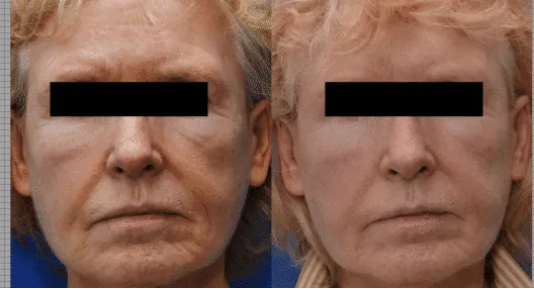
Trimming the Excess: Fat reduction for Enhanced Curves
The pursuit of enhanced curves often involves addressing areas of excess fat, prompting the exploration of various techniques aimed at fat reduction. These procedures not only sculpt the body but also accentuate natural contours, contributing to a more defined and shapely silhouette.
Fat reduction techniques have evolved significantly, offering individuals options to refine their body shapes. While traditional methods like diet and exercise remain pivotal, advanced technologies and surgical interventions provide additional means to address localized fat deposits resistant to conventional approaches.
Among the prominent methods, liposuction stands out as a widely recognized procedure for fat reduction. This surgical technique involves the removal of excess fat cells from specific areas, allowing for targeted contouring. Liposuction is not a weight-loss solution but rather a sculpting tool, particularly effective in addressing stubborn fat pockets that persist despite a healthy lifestyle.
Non-invasive approaches to fat reduction have gained popularity as well. Procedures such as cryolipolysis (commonly known as CoolSculpting) use controlled cooling to target and eliminate fat cells without surgery. Similarly, laser-based treatments and ultrasound therapies break down fat cells, aiding in their natural elimination from the body.
The decision to undergo fat reduction procedures often involves consultations with experienced practitioners. These consultations aim to understand patient goals, assess candidacy, and determine the most suitable approach. A tailored plan is crafted, considering the specific areas of concern and the desired outcomes.
The impact of fat reduction procedures extends beyond mere physical change. Patients often report increased self-confidence and a positive self-image after experiencing enhanced curves and more defined contours. This psychological boost can be as significant as the physical transformation.
It’s crucial to note that these procedures, whether surgical or non-invasive, come with considerations and potential risks. Patients are encouraged to engage in comprehensive discussions with their healthcare providers, addressing all aspects of the procedure, including post-treatment care and realistic expectations.
In short, the evolution of fat reduction techniques offers individuals a spectrum of options to achieve enhanced curves and refined contours. These approaches, whether surgical or non-invasive, empower individuals to sculpt their bodies, trimming the excess and accentuating their natural curves, ultimately contributing to a more confident and poised self.